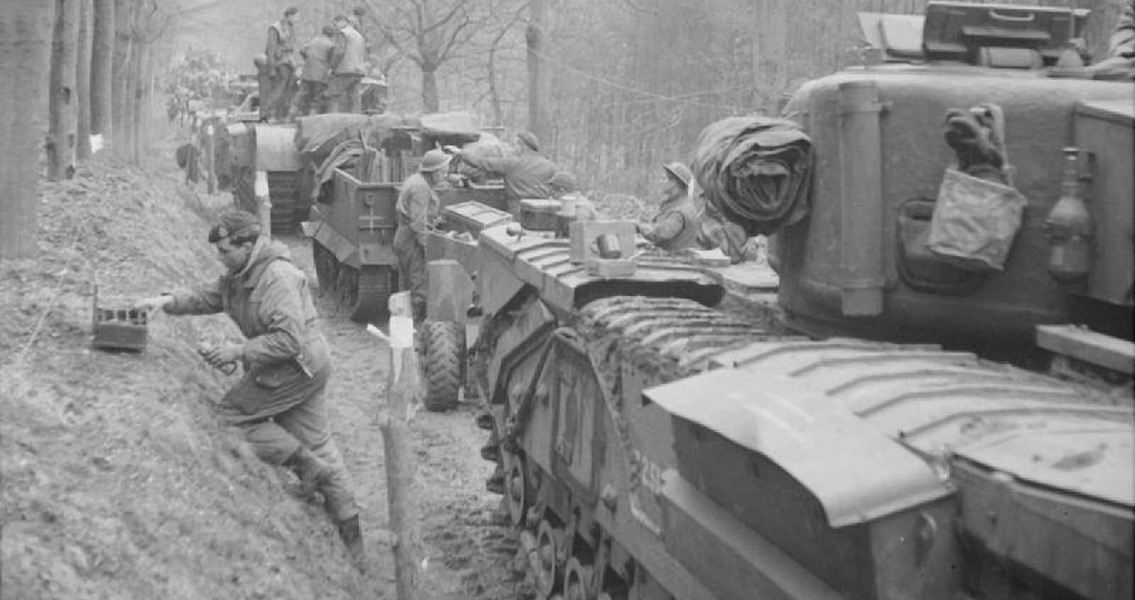<![CDATA[Recently released information published in the December 2014 issue of the journal Antiquity details the findings of archaeologists and researchers who have been examining battlefields in North-West Europe. There have been plenty of archaeological findings and remains from World War Two, however, most of what has been preserved is found on Europe's coastlines. Scientists and historians alike are missing pieces to their archaeological puzzle, and David Passmore, a geoarchaeologist and lecturer at the University of Toronto, has made it his goal to survey the forests of Europe from France to Germany in order to gain more archaeological evidence from World War Two. In the forests of northwestern Europe, the landscapes act as a sanctuary to troves of bomb craters, trenches and even remnants of supply depots - all of which had not been well examined or studied until this project. The significance of these battlefields is that they may be able to shed new light on "logistical support to German field armies and the impact of allied bombings," according to researchers from the survey. Passmore, the leader of the project, stated, "Although the history of the Second World War is widely documented and intensely researched, the archaeology of World War Two has only recently begun to be formally investigated." According to Passmore, there is a great lack of forest documentation when it comes to World War Two archaeology. Researchers conducted the studies through field walks at key World War Two battlegrounds from the period of June 1944 through February 1945. They planned their walks based on academic studies, internet searches and Second World War heritage guidebooks, according to ScienceDaily. On their walks, the researchers were able to find trenches, bomb craters and various remains never before documented in places such as Belgium, and the Hurtgenwald and Reichswald forests of western Germany. According to Passmore,"These landscapes can tell us a great deal. These things [could] illuminate war diaries and accounts of battlefield history, and provide a far more accurate impression of where troops were fighting, how they were fighting and so on." Upon exploring the forests, the logistics depots that were found gave "a picture of exactly how and where the Germans established their support network for the armies before the Allied Invasion of Normandy, how they developed this network during the invasion and how the depots were overrun," stated Passmore. "We are now interested in investigating what the Allies knew of these depots and how they went about attacking them with bomber forces," he continued. The decision to explore these battlefields in the forests of northwestern Europe led to a fruitful expedition, adding to the understanding of the history and archaeology of the Second World War. ]]>
Unknown World War Two Battlefields Explored in Europe
